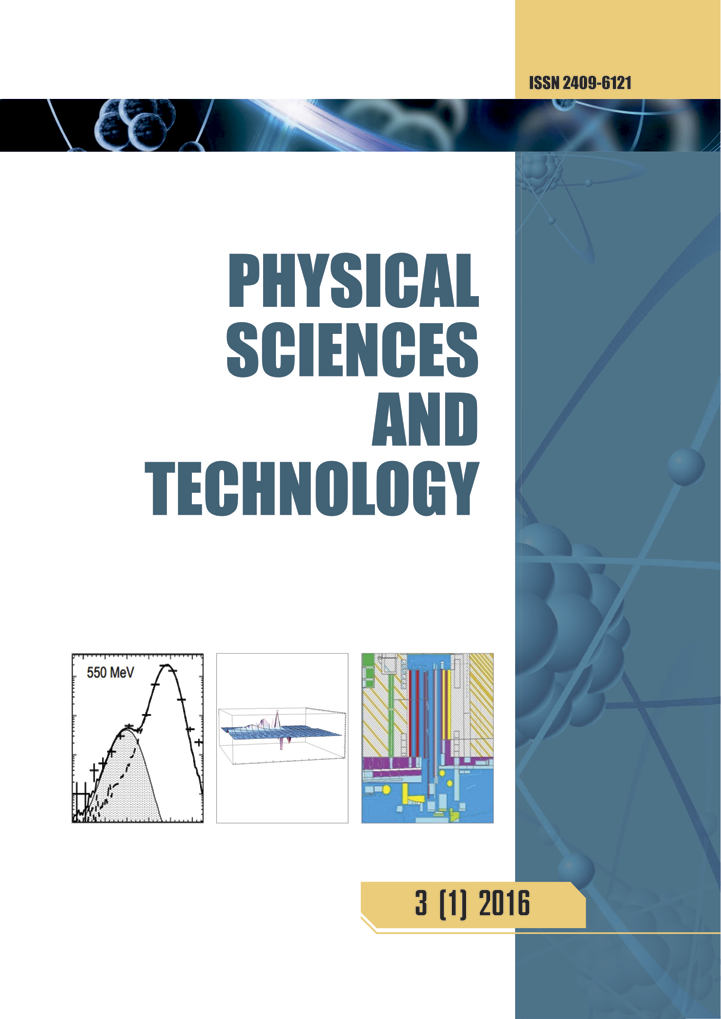Ion drift in parent gas for cesium, rubidium, and mercury
DOI:
https://doi.org/10.26577/phst-2016-2-101Abstract
The results of Monte Carlo calculations of the ion drift characteristics in a constant and homogeneous electric
field are presented for the values of the applied intensity in the range 1 <E / N <1000 Td for cesium, rubidium
and mercury. The results of molecular dynamics simulation are used together with the Monte Carlo method for
calculation of collisional characteristics. The drift velocity, mean kinetic energy, longitudinal and transverse
diffusion coefficients, mean free path, and the fraction of collisions with backward scattering are calculated. It
is shown that the introduction of dimensionless units makes it possible to reduce the characteristics for different
gases to universal curves. And the Bhatnagar, Gross, and Krook collision integral for the problem of ion drift in
an own gas leads to significant errors. Also, an unexpected and nontrivial fact about the collisions with backward
scattering is obtained and conclusions provided. It is found that using the BGK collision integral foe
deseviling of ion drift an own gas leads to significant errors. There are some discussions regarding the large
difference between present calculations and data of the BGK theory.




